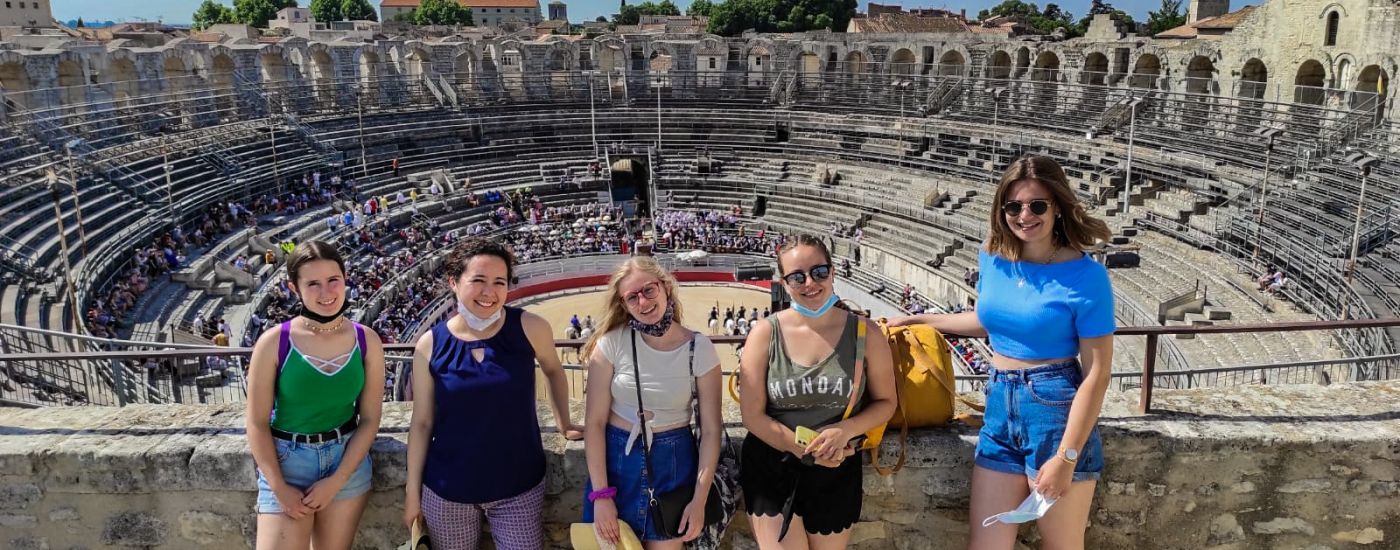Arles is located in the Provence-Alpes-Côte d'Azur region and is about 80 km from Montpellier. This city, whose inhabitants are called Arlesians, is over 2,500 years old. A must-see for history lovers!
Celtic and Phoenician influences suggest a settlement around 66 B.C. However, the Romans took the town in 123 B.C. and developed it into a major city. Remarkable monuments were built during the Roman period. Many of these monuments have been listed as UNESCO World Heritage sites since 1981. They also built a canal linking the city to the Mediterranean Sea in 104 BC. Later, Arles competed with Marseille as a trading city. Later, it became a key location for Roman Christianity and an important base for the Christianisation of Gaul.
Fun fact: For art lovers, Arles is also well known as the place where Van Gogh finished his painting of Café la Nuit, Chambre Jaune, Starry Night over the Rhone and Arlésienne.
Saintes Maries de la Mer is a French commune in the Bouches du Rhône department in the Provence Alpes Côte d'Azur region and the capital of the Camargue. It is located 60 km from Montpellier. The first known explicit mention of the village dates back to the 4th century. The town is also a place of pilgrimage and worship of the Holy Marys. According to legend, Marie-Jacques and Marie-Salomé, from the circle of Jesus and Mary, were stranded here while fleeing. They stayed here and the place was named in their honour.
Things to see and do:
- The Roman amphitheatre (Arles):
This is the largest and best preserved ancient monument in Arles. Also known as the Amphitheatre of Arenas. It was built in the first century AD. With a length of 136 metres and a width of 107 metres, the arena was one of the largest in Gaul and could accommodate 21,000 spectators.
- Les Alyscamps (Arles):
A Roman burial place that also served as a Christian cemetery. Dante refers to this necropolis in his "Inferno". Many of its original sarcophagi were only rediscovered in the 18th century.
- Roman Theatre (Arles):
It was built in the first century BC and could accommodate a crowd of 8,000 people in 33 rows of seats. In the Middle Ages, it was used as a quarry to provide the materials of which the city is made.
- Notre Dame de la mer (Saintes Maries):
It was built between the 9th and 12th centuries and was strategically important for the city as it had to defend itself against pirates. It served as a fortified church that served as a refuge for the citizens during sieges and can be seen from a distance.
- Quality of life:
Take a walk around the city and if you get hungry... The Forum Square is a source of small cafes and restaurants for lunch or dinner. The area is best known for its olives, perfect for tapas. You can enjoy a meal under the awnings of this old square; near the Obelisk of Arles and near the Place de la République. However, the Café Van Gogh is a must for everyone!

